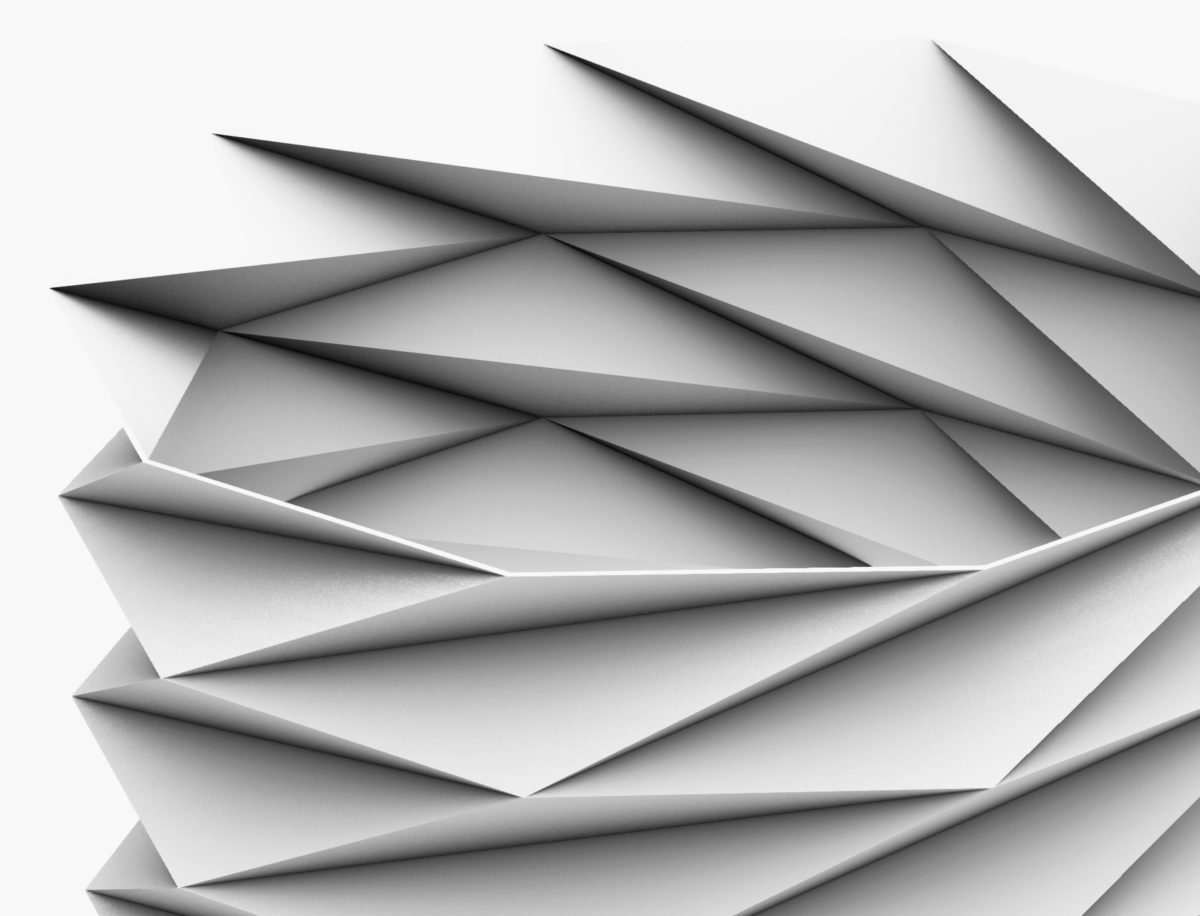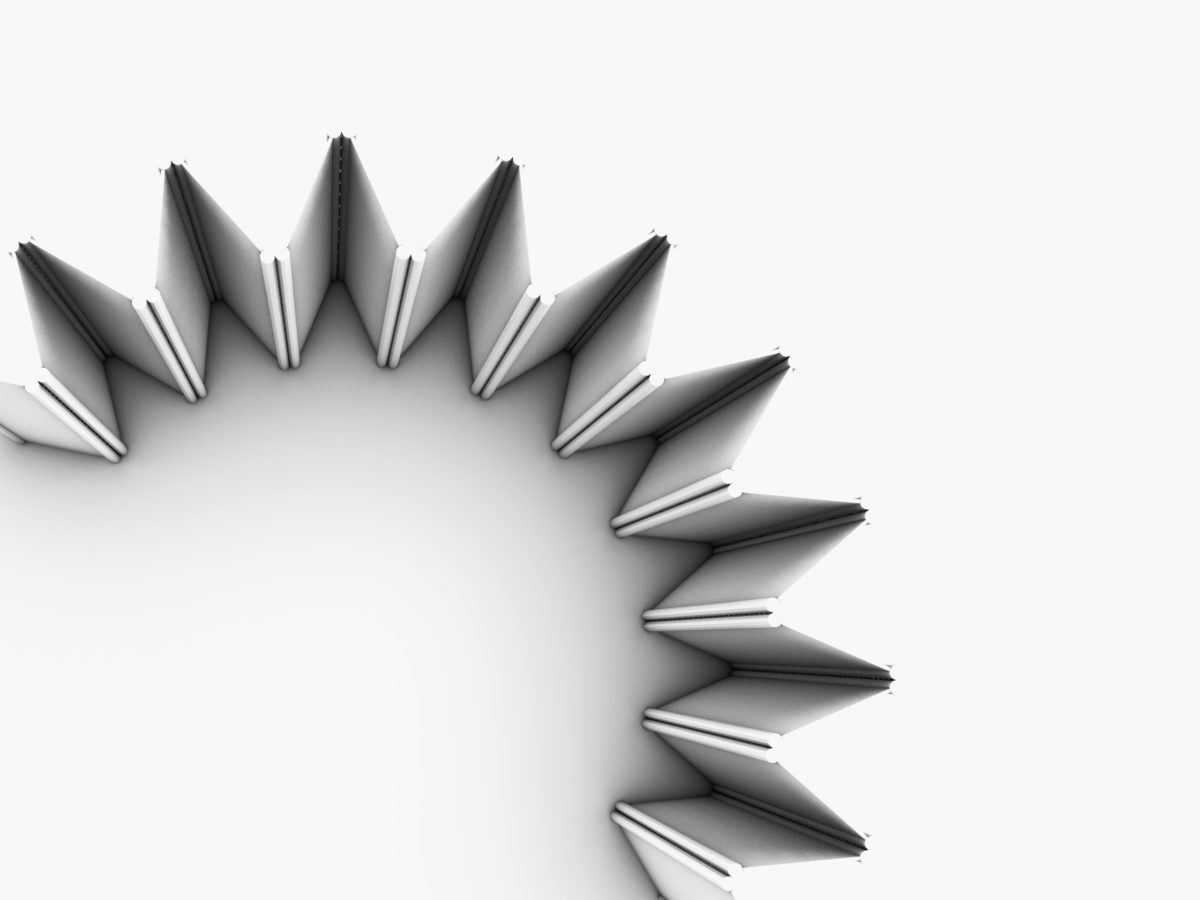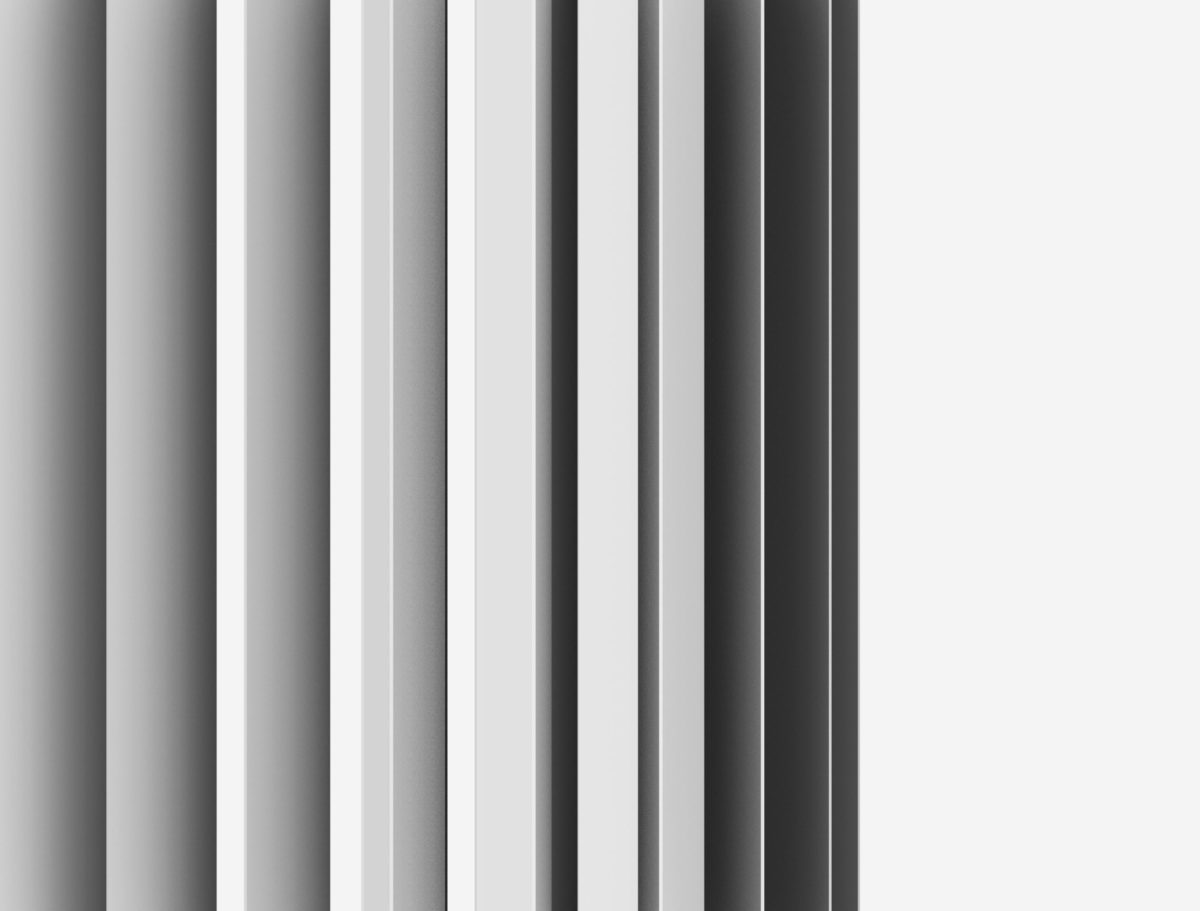Our laboratory of dynamic spaces is enriched with a third experiment. We decided to test a type of movement that goes from top to bottom (and, potentially, vice-versa). We have therefore combined our Piattaforma Zero with a dynamic volume consisting of a set of panels that simulate the movement of a Yoshimura origami. The article explores in-depth how we have discretized the continuous surface of origami for construction needs. We then focus on the limits that these structures have in being translated into digital models. This is followed by the explanatory tutorial with the use of Grasshopper and specific plugins.
It is interesting to note how this example in VR, compared to the previous ones, leads to a different perception of interior/exterior for the user. Emphasizing here – depending on the degree of extension of the origami – more the aspect of privacy/exposure.


